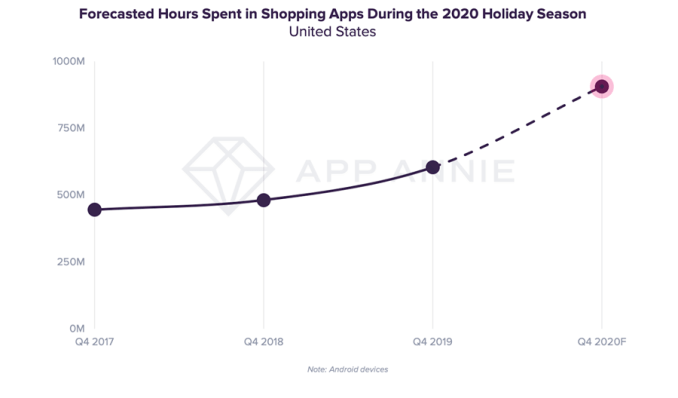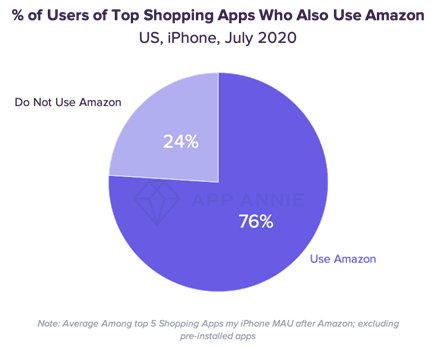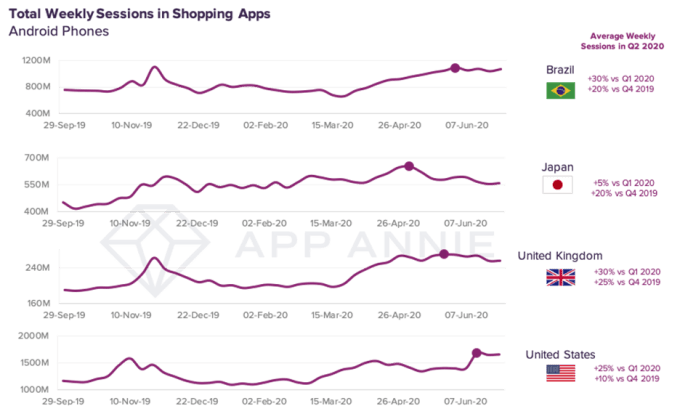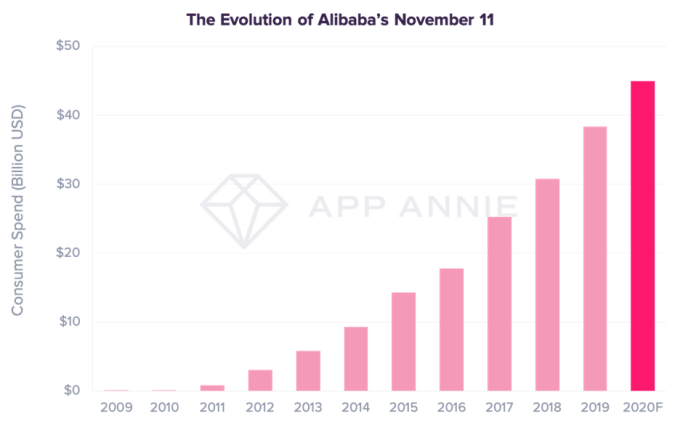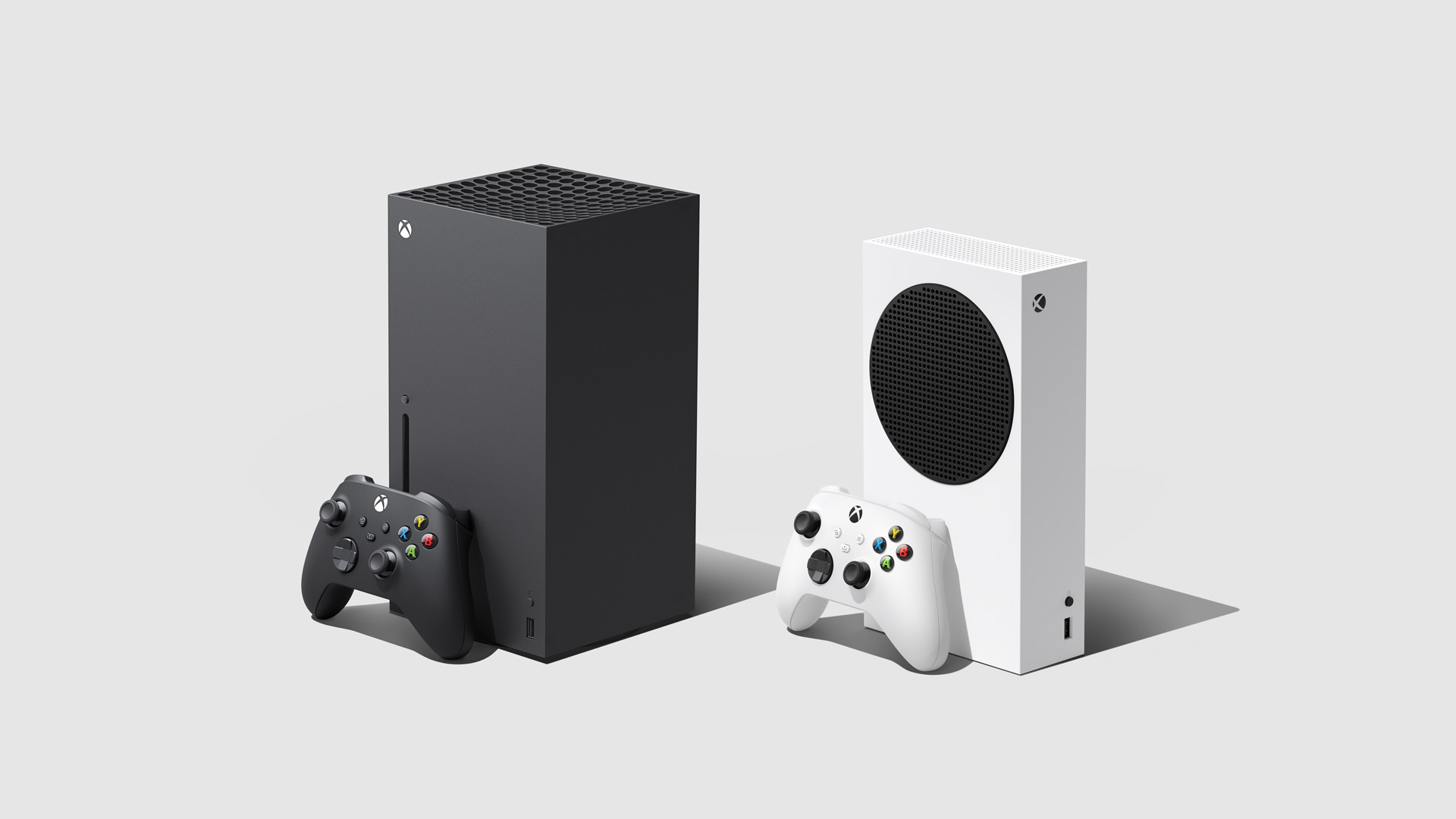When companies need to find manufacturers to build custom parts, it’s not always an easy process, especially during a pandemic. Xometry, a seven-year-old startup based in Maryland, has built an online marketplace where companies can find manufacturers across the world with excess capacity to build whatever they need. Today, the company announced a $75 million Series E investment to keep expanding the platform.
T. Rowe Price Associates led the investment, with participation from new firms Durable Capital Partners LP and ArrowMark Partners. Previous investors also joined the round, including BMW i Ventures, Greenspring Associates, Dell Technologies Capital, Robert Bosch Venture Capital, Foundry Group, Highland Capital Partners and Almaz Capital . Today’s investment brings the total raised to $193 million, according to the company.
Company CEO and co-founder Randy Altschuler says Xometry fills a need by providing a digital way of putting buyers and manufacturers together with a dash of artificial intelligence to put the right combination together. “We’ve created a marketplace using artificial intelligence to power it, and provide an e-commerce experience for buyers of custom manufacturing and for suppliers to deliver that manufacturing,” Altschuler told TechCrunch.
The kind of custom pieces that are facilitated by this platform include mechanical parts for aerospace, defense, automotive, robotics and medical devices — what Altschuler calls mission-critical parts. Being able to put companies together in this fashion is particularly useful during COVID-19 when certain regions might have been shut down.
“COVID has reinforced the need for distributed manufacturing and our platform enables that by empowering these local manufacturers, and because we’re using technology to do it, as COVID has unfolded […] and as continents have shut down, and even specific states in the United States have shut down, our platform has allowed customers to autocorrect and shift work to other locations,” he explained
What’s more, companies could take advantage of the platform to manufacture critical personal protective equipment. “One of the beauties of our platform was when COVID hit customers could come to our platform and suddenly access this tremendous amount of manufacturing capacity to produce this much-needed PPE,” he said.
Xometry makes money by facilitating the sale between the buyer and producer. They help set the price and then make money on the difference between the cost to produce and how much the buyer was willing to pay to have it done.
They have relationships with 5,000 manufacturers located throughout the world and 30,000 customers using the platform to build the parts they need. The company currently has around 350 employees, with plans to use the money to add more to keep enhancing the platform.
Altschuler says from a human perspective, he wants his company to have a diverse workforce because he never wants to see people being discriminated against for whatever reason, but he also says as a company with an international market, having a diverse workforce is also critical to his business. “The more diversity that we have within Xometry, the more we’re able to effectively market to those folks, sell to those folks and understand how they utilize technology. We’re just going to better understand our customer set as we [build a more diverse workforce],” he said.
As a Series E-stage company, Altschuler does not shy away from the IPO question. In fact, he recently brought in new CFO Jim Rallo, who has experience taking a company public. “The market that we operate in is so large, and there’s so many opportunities for us to serve both our customers and our suppliers, and we have to be great for both of them. We need capital to do that, and the public markets can be an efficient way to access that capital and to grow our business, and in the end that’s what we want to do,” he said.

Powered by WPeMatico



